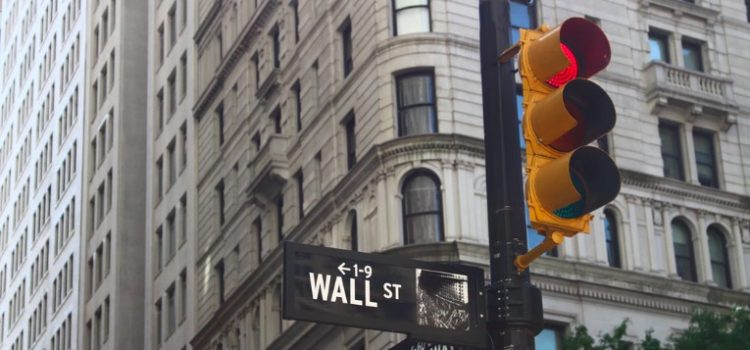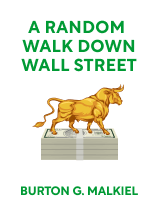

This article is an excerpt from the Shortform book guide to "A Random Walk Down Wall Street" by Burton G. Malkiel. Shortform has the world's best summaries and analyses of books you should be reading.
Like this article? Sign up for a free trial here .
What are the causes of the wall street crash of 1929? How did irrational optimism lead to an economic bubble that was bound to burst?
The Wall Street Cash of 1929 is one of the most notorious speculative bubbles in history. Causes of the Wall Street Crash range from irrational optimism to the unsavory practices of traders. Understanding the main causes of the wall street crash will help you better understand how economic bubbles form (and why they inevitably burst).
Find out the cause of the Wall Street Crash below.
Causes of the Wall Street Crash, Explained
The stock market crash of 1929, which precipitated the Great Depression, is another example of irresponsible castle-in-the-air thinking. This is the idea that stocks are worth what people are prepared to pay for them, rather than believing a stock has an intrinsic value.
The main causes of the wall street crash include the irrational optimism of investors, castle-in-the-air thinking, and unscrupulous traders.
Wide prosperity in the U.S. had boosted the stock market and increased optimism among investors, and investing on margin—that is, borrowing to speculate in the stock market—had become commonplace. Traders were also engaging in some unsavory practices, like forming investment pools, to manipulate stock prices. (An investment pool consisted of a group of traders who would collude to bid up a stock price and then sell once those outside the pool began buying the stock.)
A key indicator of investors’ irrational optimism was the price of shares of closed-end funds. (Closed-end funds are pooled assets managed by an investment company, in which investors can buy shares.) Shares in these funds typically sell at small discounts compared to the total market value of their component stocks. However, during most of 1929, shares in these funds were selling at premiums of 50% or more over their composite stocks’ values. In other words, an individual investor could buy a share of, say, GE, from the company itself for $5, but if the investor wanted a slice of the fund, she’d have to fork over $10 for the same stock. The higher prices were completely driven by irrational confidence that stocks would continue to rise in value.
On September 3, 1929, despite a recent downturn in business activity, the stock market reached an all-time high, one that wouldn’t be reached for another 25 years. Two days later there was a sharp decline, followed by months of uncertainty. In late October, brokers began making margin calls, many of which went unmet due to insolvent borrowers. On October 29, the market collapsed, with some major firms like GE and Bethlehem Steel losing 95% or more of their value.
Knowing the main causes of the wall street crash will help you better understand how speculative bubbles work, and why castle-in-the-air thinking can be dangerous.

———End of Preview———
Like what you just read? Read the rest of the world's best book summary and analysis of Burton G. Malkiel's "A Random Walk Down Wall Street" at Shortform .
Here's what you'll find in our full A Random Walk Down Wall Street summary :
- A comprehensive and entertaining introduction to the world of finance
- Practical investment principles that work for every skill level
- The advantages of index investing






